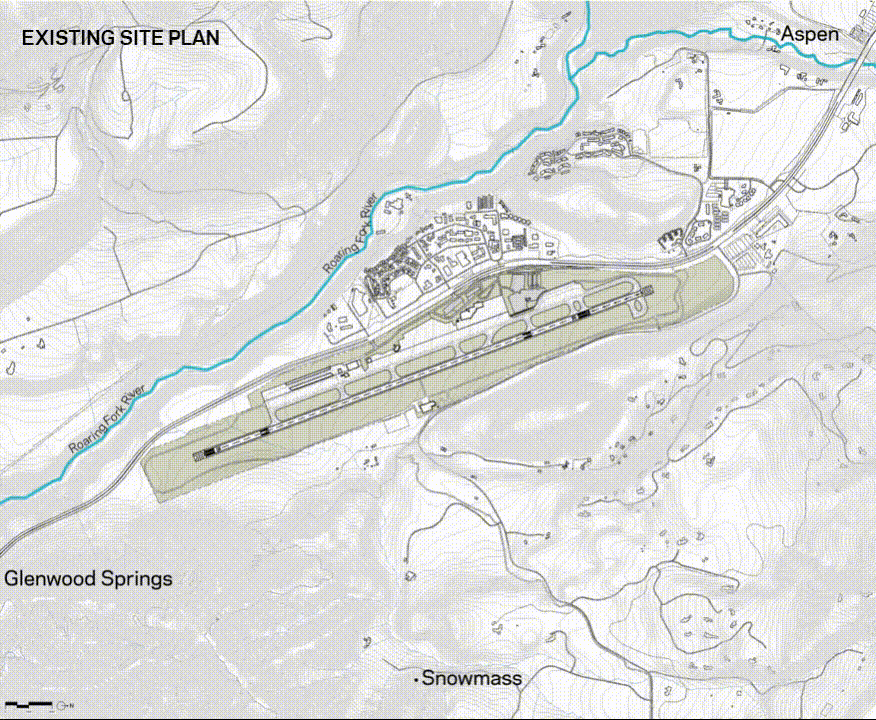
The FBO terminal project is part of a comprehensive plan to enhance general aviation safety and accessibility at Aspen/Pitkin County Airport.
The overall project, indicated in red in the image to the right, includes:
- A new parking structure
- Hangars
- Fuel facilities
- Rental car facilities
- A community center with gathering spaces, conference rooms and a small kitchen for community and airport events
- Parking for local and International Civil Aviation Organization general aviation aircraft

HOK focused on five main design drivers to create a passenger experience that exudes modern luxury and sophistication:
- Transparency, visibility and proximity: The design blurs the lines between outside and inside, blending spaces to create a cohesive program.
- Fluidity: The sloped ceiling pays homage to the surrounding Elk Mountains.
- World-class amenities: High-end hospitality with plush furnishings and a cozy interior provide a lavish traveler experience.
- Clear sightlines: The Elk Mountains inspired the terminal’s massing, creating a dynamic form that guides travelers to and from aircraft.
- Placemaking: The design reflects Aspen’s local character, featuring locally sourced mass timber and floor-to-ceiling windows that showcase mountain views.
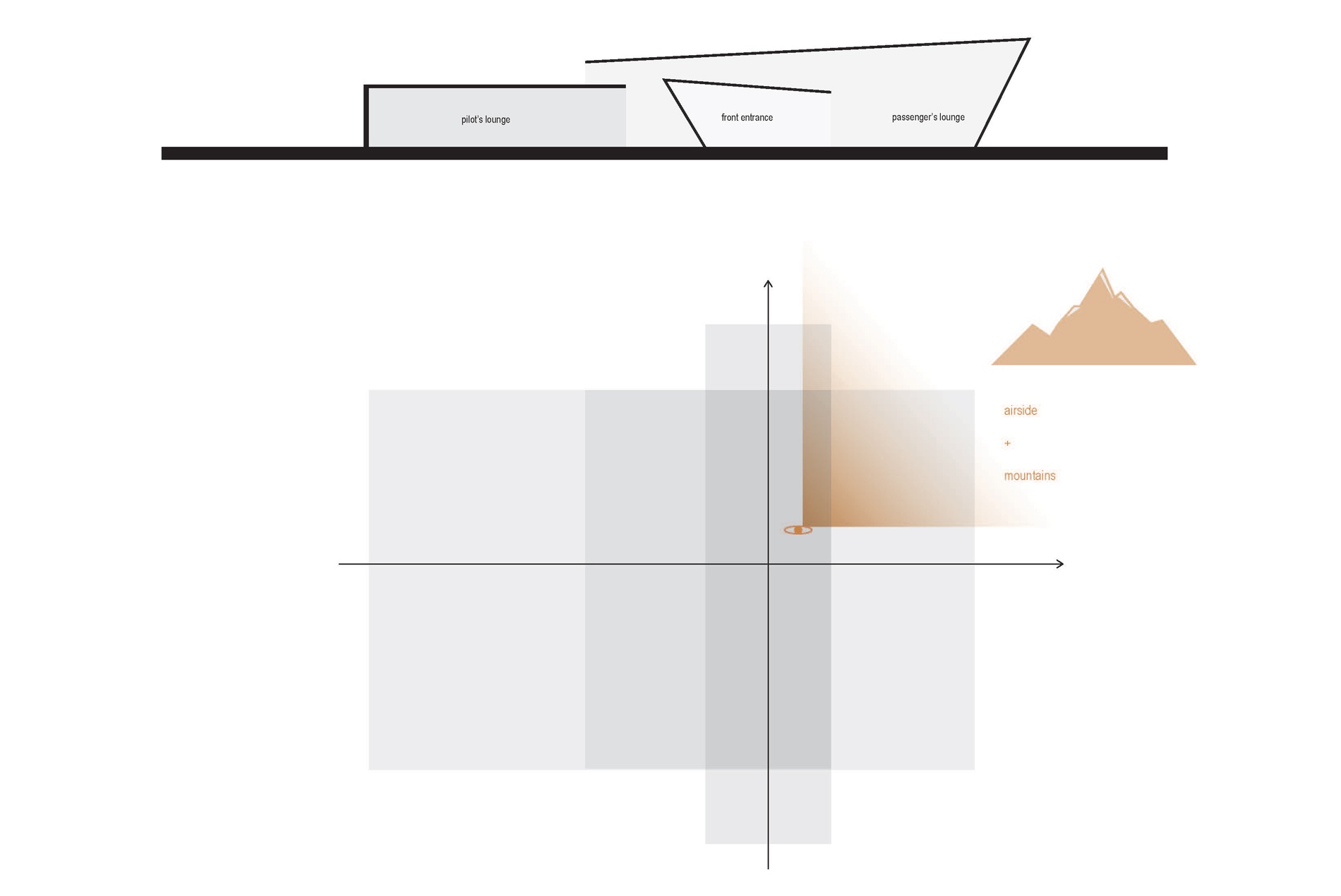
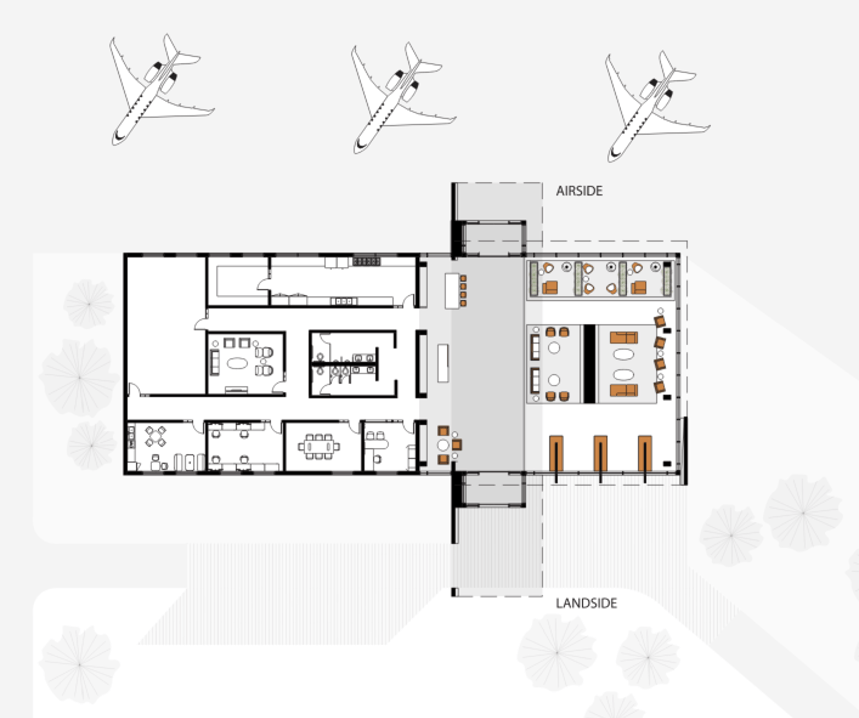
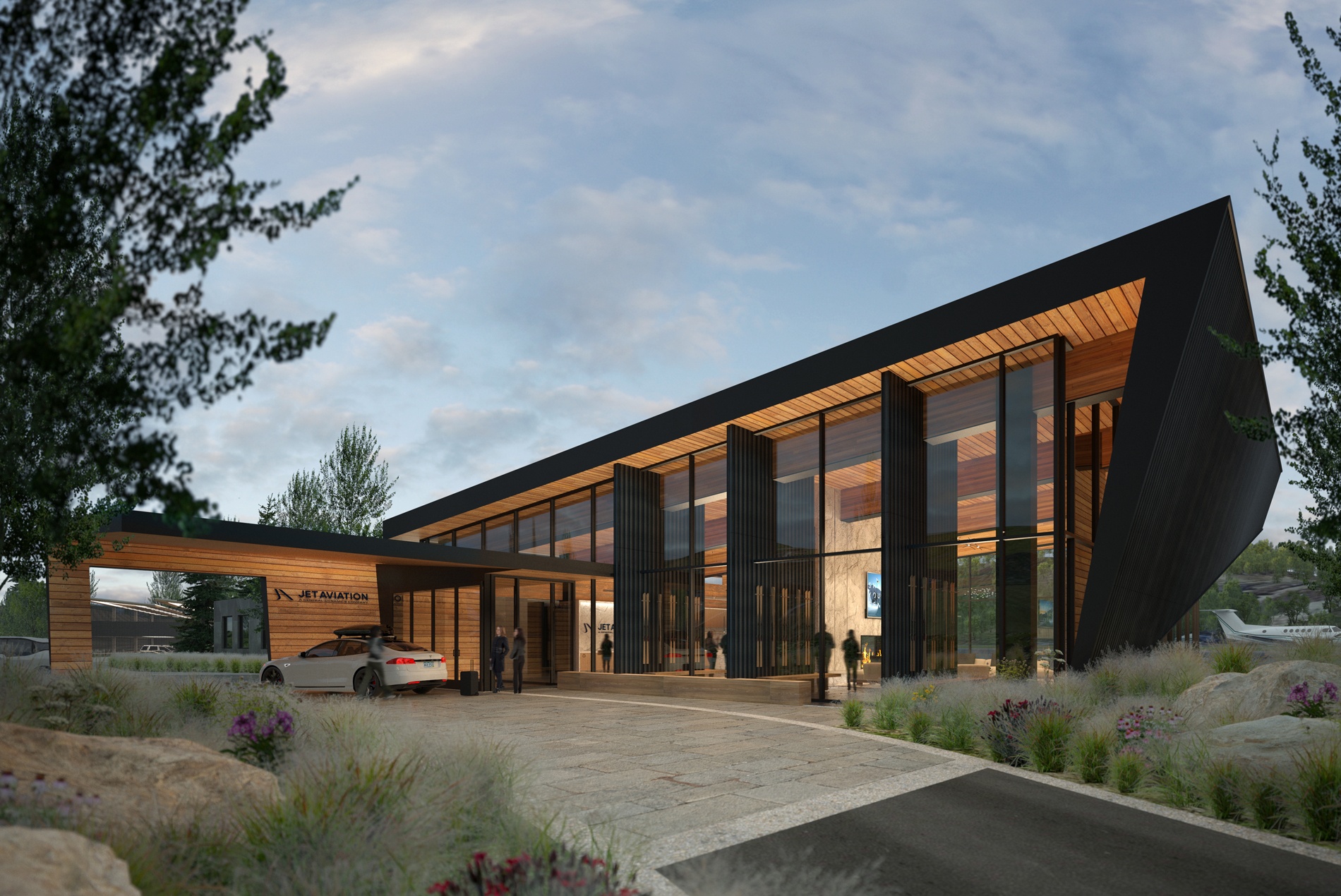
The terminal’s architecture complements and celebrates the mountain range, connecting travelers to nature. Its striking form welcomes guests upon arrival, signaling that an unparalleled, world-class travel experience awaits them.
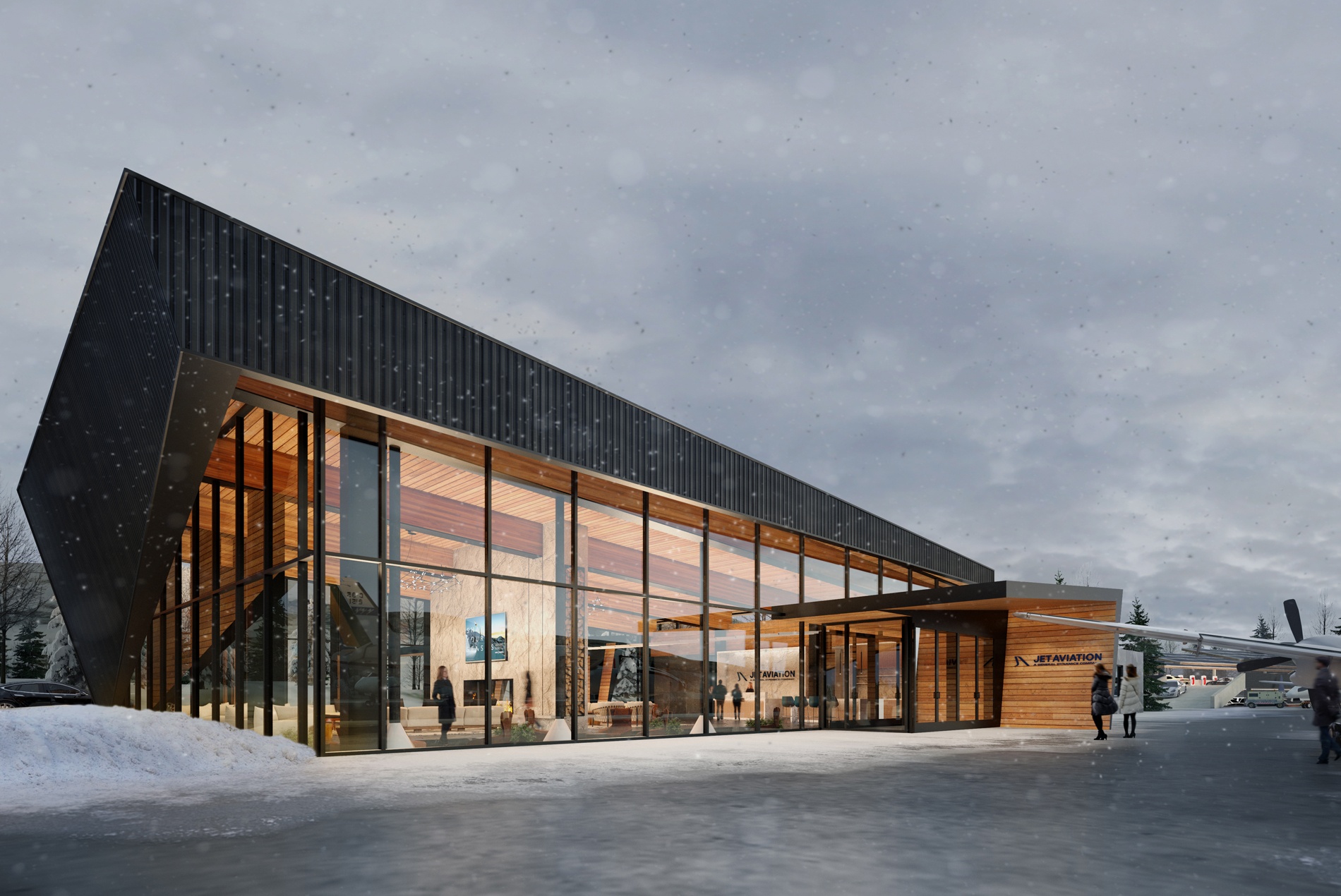
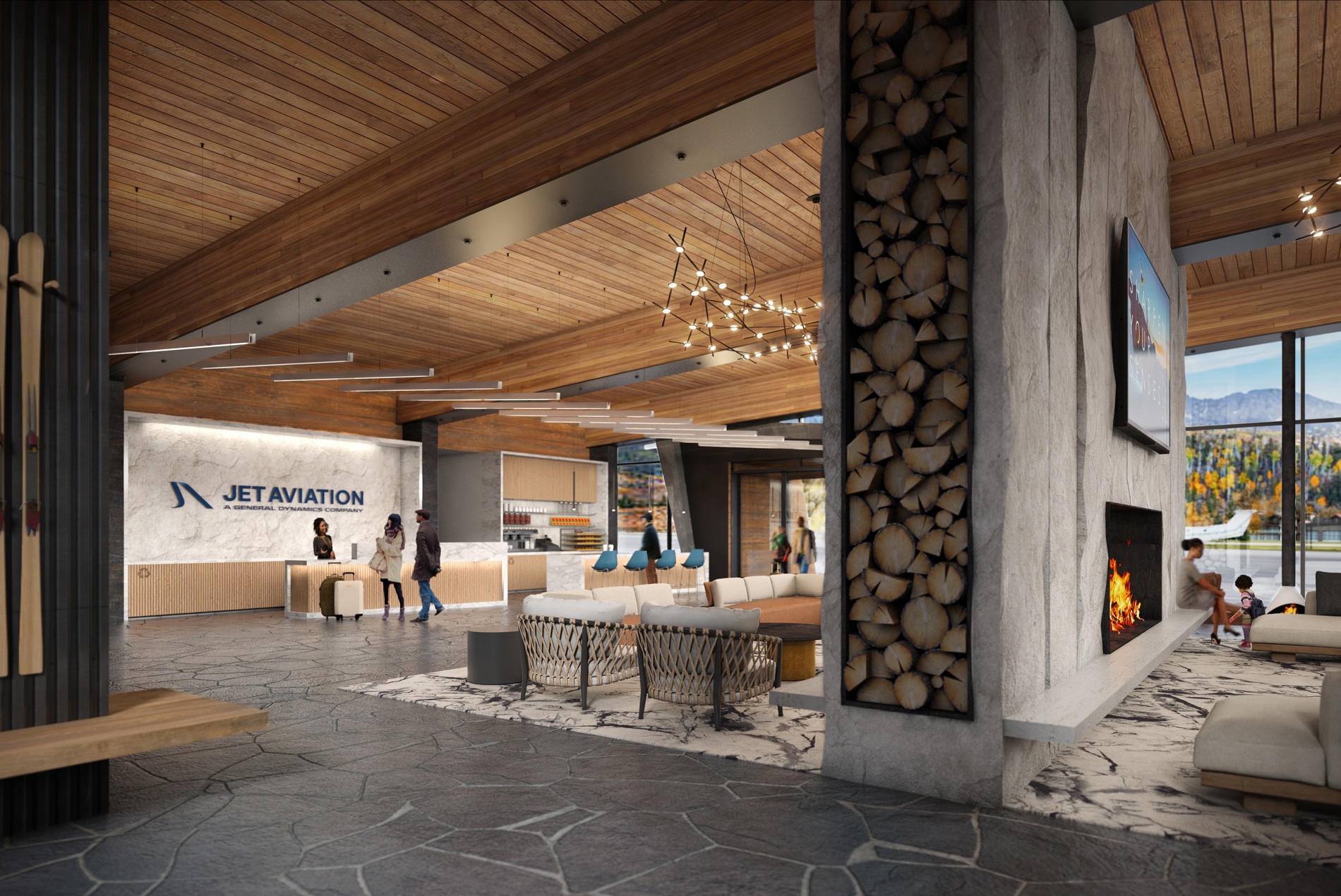
All passenger spaces are visible upon entering the terminal, providing guests with clear wayfinding. The reception area and lobby seamlessly blend into the lounge, with convenient storage for ski and snowboard gear.
Every detail in the terminal is thoughtfully designed to elevate the passenger experience, with a focus on hospitality. Clean architectural lines, warm woods, natural stone tiles, sustainable finishes and modern light fixtures are featured throughout the passenger spaces. A large central fireplace surrounded by intimate seating offers a cozy spot to relax.
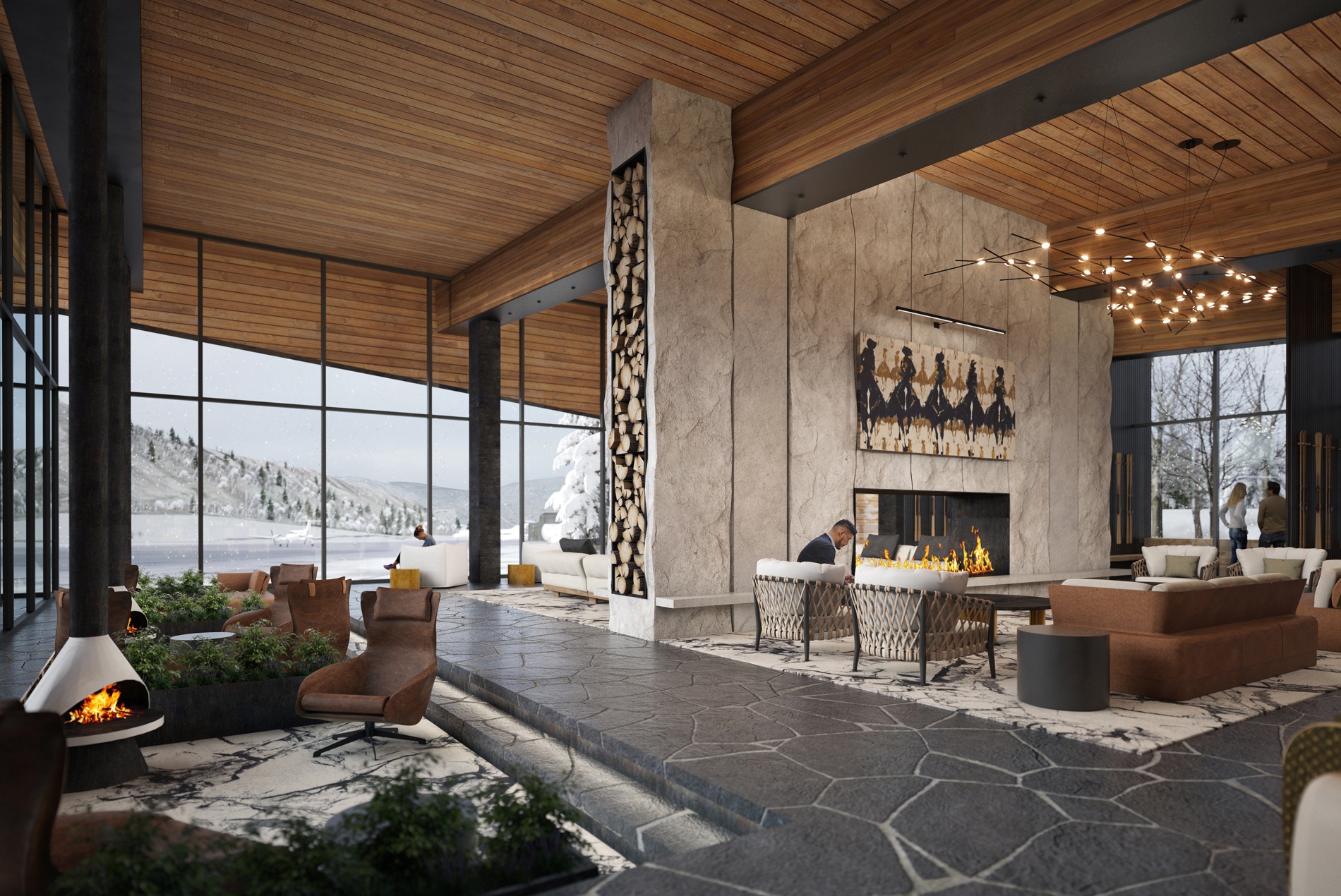

HOK envisions that the FBO terminal will be designed for net-zero energy readiness. This strategy incorporates solar panels on the roof and uses geothermal energy for heating and cooling. These features help power the facility while reducing demands on the airport’s microgrid systems.
The proposed terminal design showcases a locally sourced mass timber structure with wood ceilings, furthering the airport’s commitment to sustainability and connection to the local environment.

